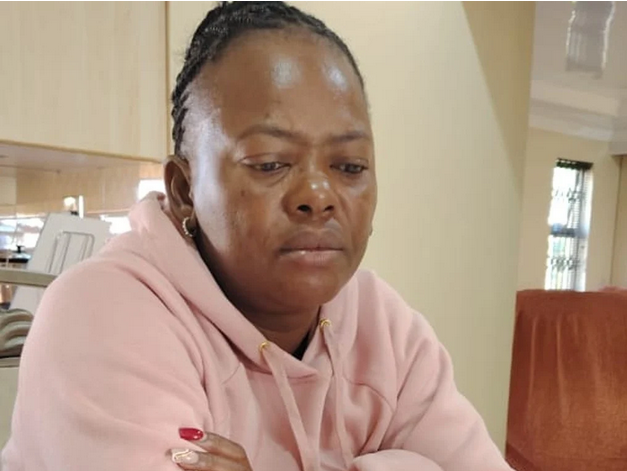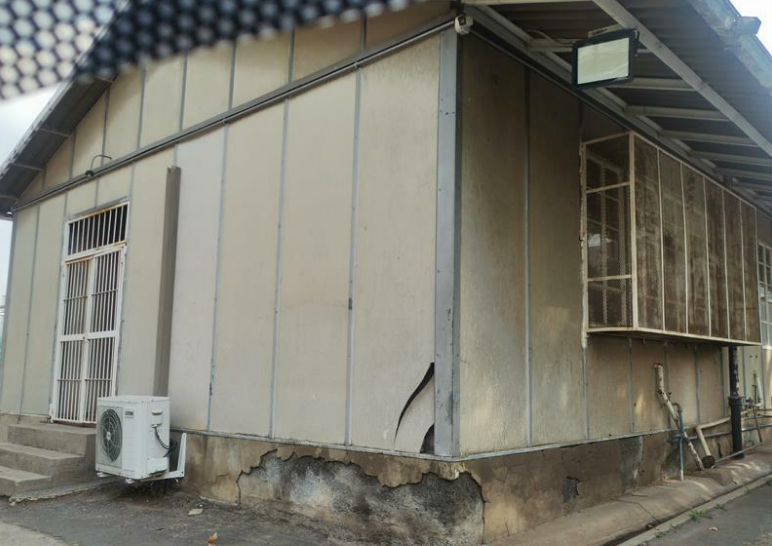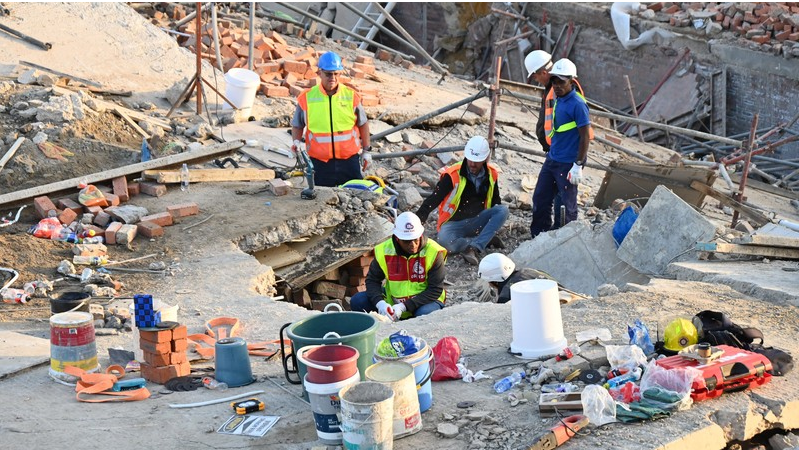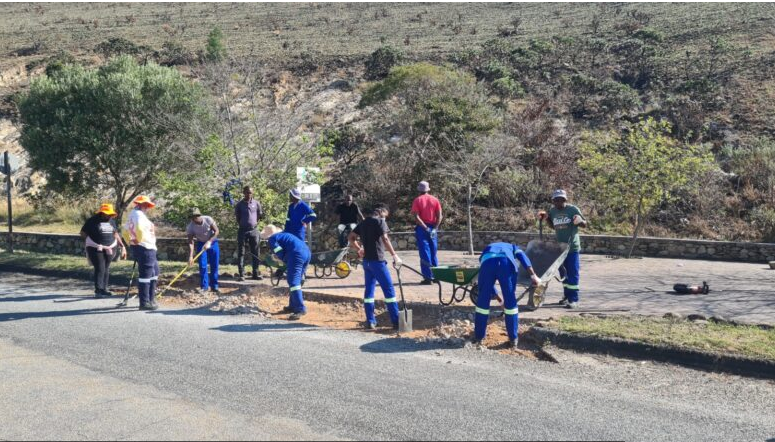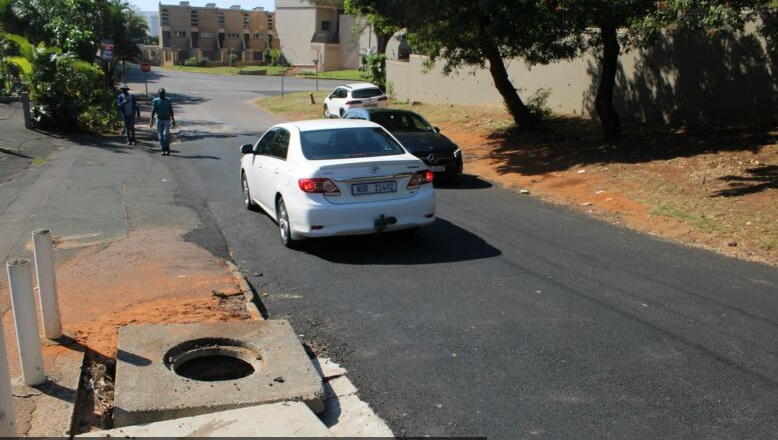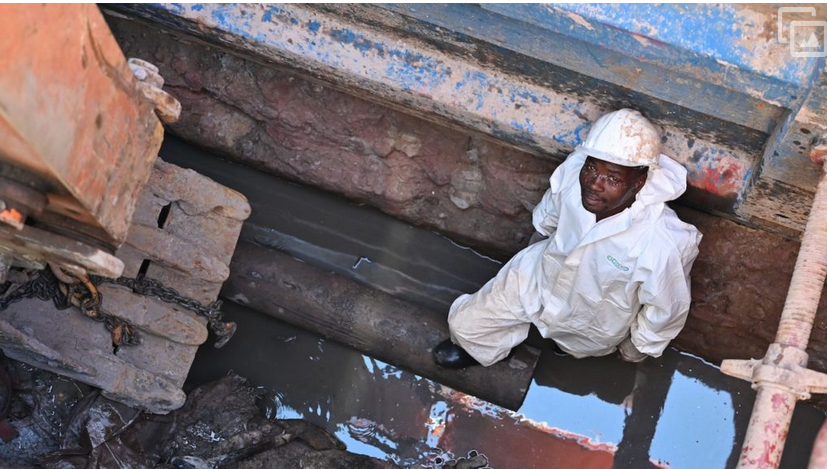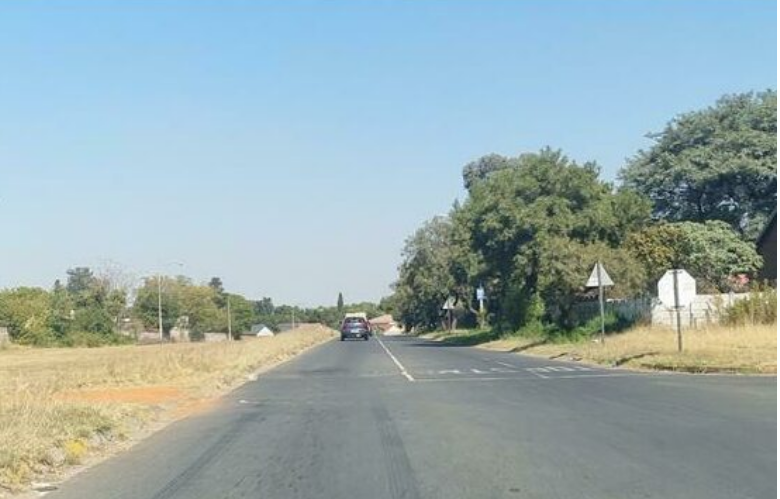Lengthy and complicated construction lies ahead in R3bn Parliament rebuild

08-05-2024
Read : 201 times
Daily Maverick
Source
Some 28 months after the 2 January 2022 fire left the National Assembly and other buildings locked up and out of bounds, rebuilding Parliament is a step closer — if not yet off the ground. The target starting date is 10 May.
Rebuilding and reconstructing Parliament, as this bricks-and-mortar project is dubbed, was initially meant to start “in the first quarter of 2024 and conclude at the end of 2025”, according to the national legislature’s statement on the second anniversary of the January 2022 fire.
It also highlighted “progress” with rubble removal and erecting a temporary roof.
It didn’t quite happen that way.
On 8 March, the Joint Standing Committee on the Financial Management of Parliament was told the new starting date was 18 April.
That’s when the demolition of the damaged buildings was scheduled to begin, with completion by 8 July, while the construction of a new National Assembly complex was scheduled to begin on 9 August with completion by 23 December 2025.
The handover of the new Parliament was scheduled, at the latest, to occur by 2 February 2026, just before the State of the Nation Address (Sona). This meant MPs would attend Sona in the parliamentary precinct, rather than the Cape Town City Hall, for the first time in five years.
But the 18 April 2024 rebuilding start date came and went without the sound of hammering, drilling or even scaffolding being put up. The start date had been moved to 28 April, according to the parliamentary grapevine, but again no building work began on that day. Or subsequently.
On Tuesday night, Parliament said the construction project was progressing “consistent with our commitment to begin in the first quarter of the 2024/2025 financial year. This timeline has remained steadfast since our initial announcement in March 2023”.
The difference between a calendar year and a financial year is key — the first quarter of the calendar year ends on 31 March, but the financial year runs from 1 April to 30 June.
Planned briefing
It is reliably understood that in the next few days, Parliament is planning a public briefing with full details of the extent of rebuilding, including plans and dates.
When that takes place, it will become clear if any changes have been made to the plans and costs presented to the Joint Standing Committee on the Financial Management of Parliament on 8 March. Those plans included a daycare centre in the historic gardener’s cottage.
While building costs were scaled down somewhat to R2.1-billion, the addition of R943-million for information technology (ICT) pushed costs to just over R3-billion. Investment in ICT was “necessary to modernise the operations of Parliament and to gain efficiencies”, according to the 8 March briefing documents.
The broadcasting and data systems and the National Assembly conferencing and voting system account for the bulk of the ICT expenditure. Not all of that has yet been secured from the National Treasury, which in 2023 allocated just over R2-billion to Parliament.
That delays had hit the fire rebuilding emerged in various statements and at the Joint Standing Committee on the Financial Management of Parliament.
A “slight delay” in rubble removal acknowledged in August 2023 by Parliament ended up as a six-week delay until 14 November 2023. The reasons, according to the 8 March briefing documents to MPs, were “rain delays, movement of books and more heritage assets”.
Daily Maverick has reliably learnt that by late April not all items had been removed from the fire-wrecked buildings, including furniture and gifts given to National Assembly speakers that had been left behind in the presiding officer’s wing. Those gifts were not part of the arts, paintings and sculpture inventory, which had ensured the artworks were recovered, sent for restoration where necessary and to safe storage. Parliament is on public record as having lost artworks worth R5,234,179.97 in the fire.
Parliament told Daily Maverick, “All work contracted for in 2023 has been completed according to the defined scope of the work”. Listing rubble and debris removal, the temporary roof, “thorough asset identification” and distributing content from damaged offices, the institution emphasised health and safety.
“These tasks were conducted with full adherence to safety and contract specifications. It is important to note that the contracted scope specifically excluded areas designated as ‘red zones’ which are unsafe for access.”
Assets marked for auction, including chairs and computer stacks, were marked with orange stickers in “designated safe spaces within the precinct”.
The Parliament rebuilding project is headed by the Development Bank of Southern Africa as the implementing agent.
To date, a temporary roof over the Old Assembly building has been erected while a “demolition design package” has been finalised, the contractor appointed and the Labour Department’s construction work permit applied for.
“These steps confirm our adherence to the planned schedule and our commitment to a thorough and meticulous approach to this significant project,” Parliament said.
From the 8 March briefing documentation to MPs, it emerged that some events of the rebuilding timetable had been delayed, such as the “public and media breakfast” on the new design proposals, which had been scheduled for 13 March.
However, other scheduled events have occurred, including the appointment in December 2023 of “a team of multidisciplinary professionals” to work on a master plan to “give optimal spatial utilisation for the parliamentary precinct and improve the security arrangement”.
Looking at previous plans, including the controversial 2008 precinct extension plans that ultimately were not implemented, this team has delivered a preliminary report on what is called “a critical review” of previous parliamentary redesign proposals.
Also in progress, albeit at a snail’s pace, is the replacement of the heritage fencing with a significantly taller version. The SA Police Service has long complained about the need for fencing of at least 1.8m high in line with Parliament’s 2018 proclamation as a National Key Point. This taller fence will replace the ad hoc wire panels cable-tied to the existing fence and the hundreds of metres of razor wire that traps garbage and dead foliage.
For the incoming post-election MPs, the parliamentary precinct is set to remain a construction site for about 18 months into their term — if all goes according to plan. DM
Recent News
Here are recent news articles from the Building and Construction Industry.
Have you signed up for your free copy yet?

